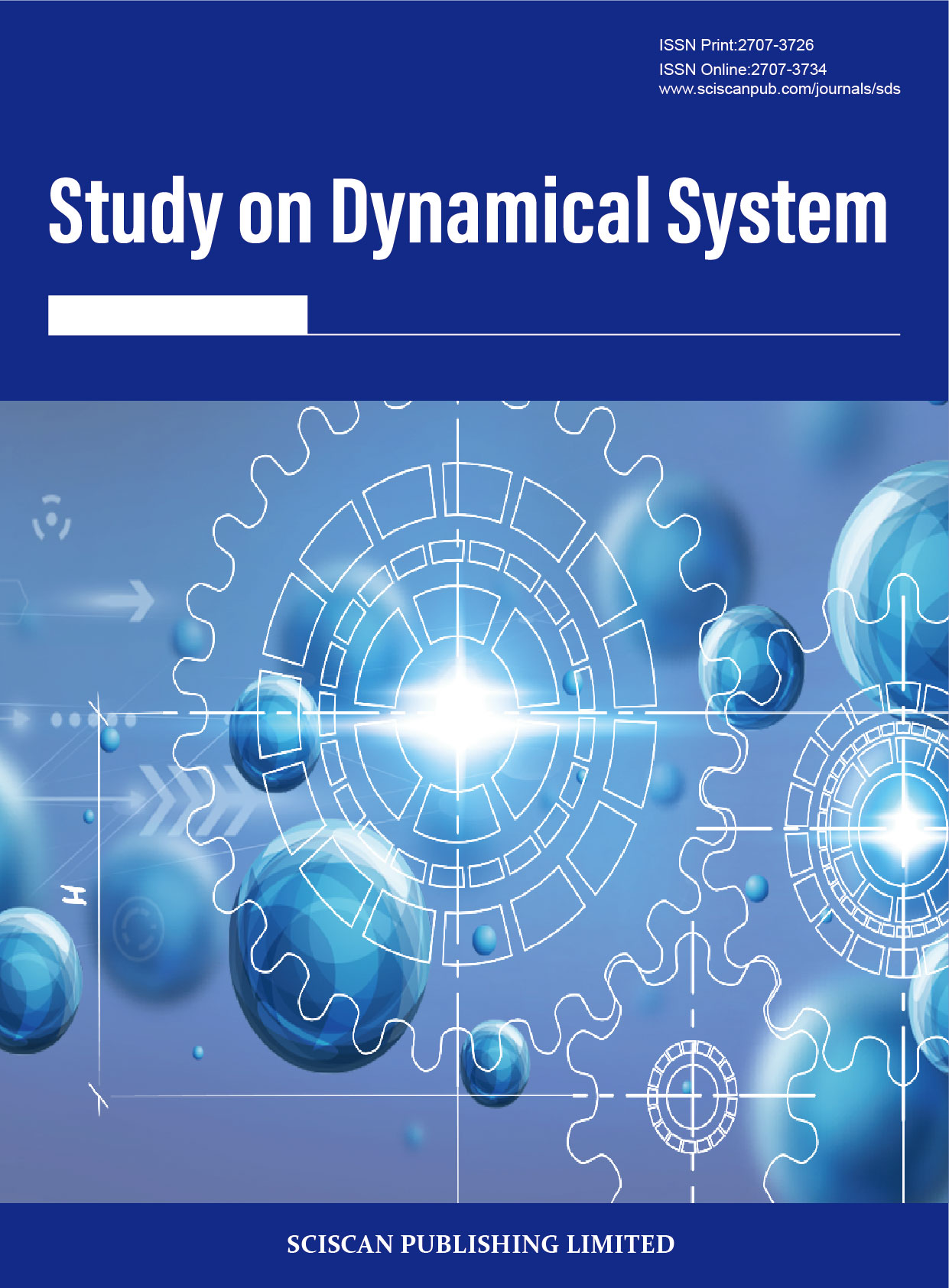Study on Dynamical System
ISSN Print:2707-3726
ISSN Online:2707-3734
Contact Editorial Office
Subscribe to the latest published information from SCISCAN
支持向量机在电力系统中的应用简析
Application of support vector machine in power system
- Authors: 李明辉
-
Information:
湖北民族大学,恩施
-
Keywords:
SVM; Power system; Application支持向量机; 电力系统; 应用
- Abstract: The support vector machine is a learning algorithm that uses fewer training samples to achieve the classification and generalization ability. It has some advantages, like a few adjustable parameters, computing speed and small-time cost, and it can have nothing to do with the data dimension. It has also a good scalability. This paper introduces the basic principle and summarizes the successful applications in load forecast, soft measurement, electrical equipment fault diagnosis and the stability analysis of power system. The results show that the support vector machine has overcome the limitations of the traditional algorithm, such as the difficulty of controlling the convergence and the structural design. All in all, it has broad application prospects. 支持向量机是一种能在训练样本数很小的情况下达到很好分类推广能 力的学习算法,具有调节参数少、运算速度快、时间代价小的优点,并且能做 到与数据的维数无关,具有很好的扩展性。本文介绍了其基本原理,还总结了 其在电力系统负荷预测、电厂软测量、电力设备故障诊断、电力系统稳定性分 析中的成功应用。结果表明,支持向量机克服了传统算法的收敛难以控制、结 构设计困难等的局限性,具有广泛的应用前景。
- DOI: https://doi.org/10.35534/sds.0201005c
- Cite: 李明辉.支持向量机在电力系统中的应用简析[J].动力系统研究,2020,2(1):30-37.
















